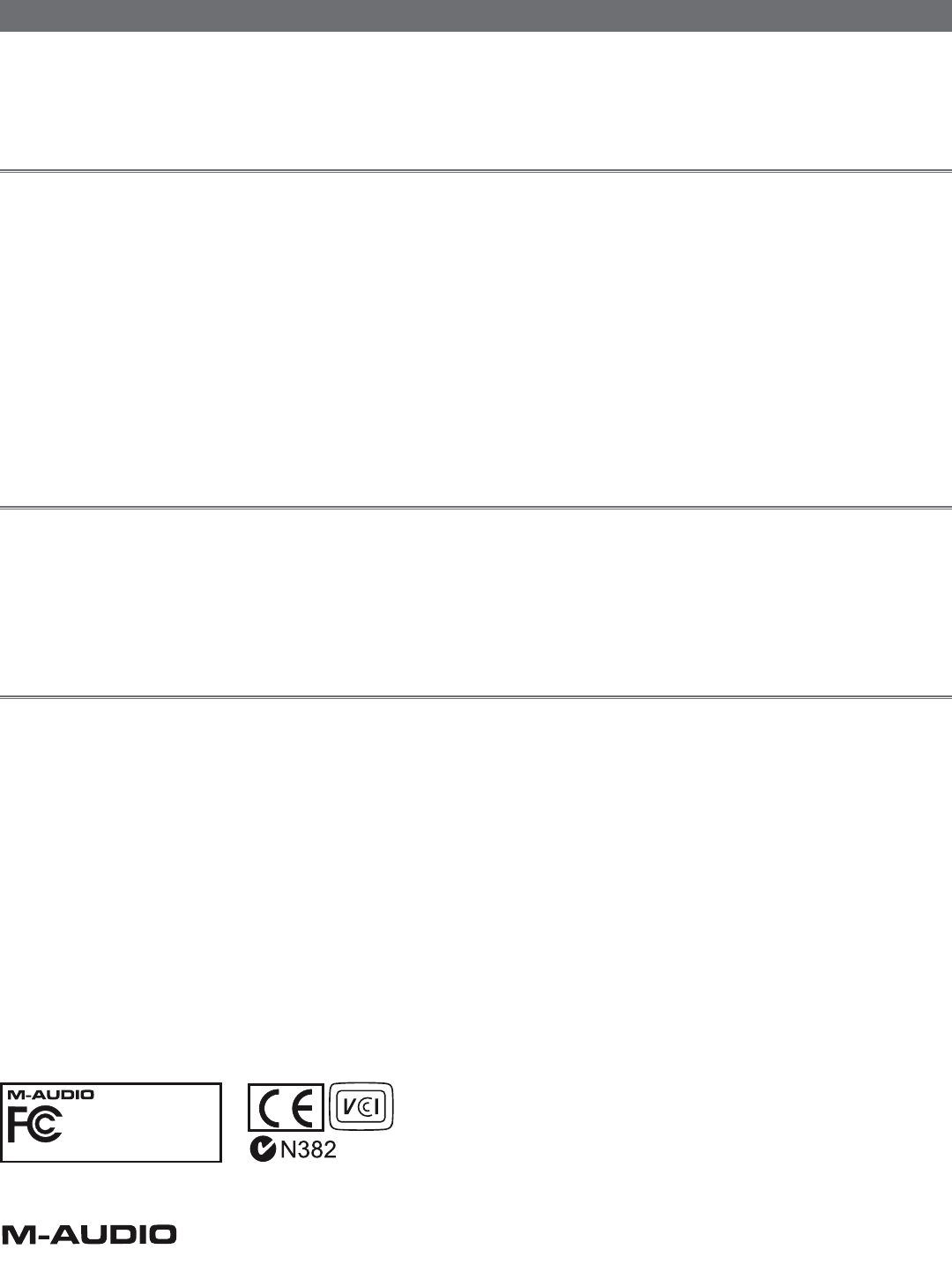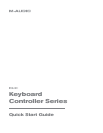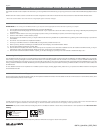
M-Audio Keyboard Controller Series Quick Start Guide
Your M-Audio Controller is class-compliant. This means that if you are using Windows XP or Mac OS X, you may simply connect the controller with the USB cable (supplied) and switch
it on.
Windows users who intend to use their controller with more than one application at the same time should follow the instructions below to install the M-Audio Windows driver.*
* This is also recommended for users who make use of larger SysEx (system exclusive) messages.
Installation Instructions For Windows XP
PLEASE NOTE: do not connect your new MIDI controller to your computer until the appropriate driver files have been copied to your computer.
1. Insert the Keyboard Controller Series CD-ROM into your computer’s CD-ROM drive.
2. The computer will automatically display the interactive install screen. If your computer fails to launch the installer, manually start it by clicking on Start>My Computer>Keyboard
Controller Series.
3. Follow the on-screen directions to choose your language and product. Once you have selected your product, click "Install" to begin copying files.
4. Follow the driver installer’s on-screen direction prompts.
5. At various points in this installation process, you may be notified that the driver being installed has not passed Windows Logo Testing. Click "Continue Anyway" to proceed with
the installation.
6. Click "Finish" once the installer has completed the installation.
7. Connect your new MIDI controller to an available USB port using the cable provided and switch it on.
8. When it powers up, Windows will identify the new MIDI controller and will display a "Found New Hardware" Wizard.
9. Choose "Install software automatically" and click "Next."
10. Once the Wizard is completed, click "Finish." Since there may be two components to the device driver installation that must be installed for the MIDI controller, you may be
presented with another "Found New Hardware" Wizard. In this event, go back to step 9 and repeat the process.
11. Once the final "Found New Hardware" Wizard is complete, you will see a message pop up that says "Your new hardware is installed and ready to use."
Connecting Your Equipment to the MIDI Controller
Your new MIDI Controller will work with any computer application without needing any additional cable connections other than the USB cable. The additional MIDI ports on the controller
are for sending or receiving messages to and from other external devices or for controlling hardware when the controller is not connected to a computer via USB. The MIDI Out jack
will connect to the MIDI In jack of the device you wish to control. Normally, anything that you move on the controller will send its corresponding data out the MIDI Out jack. If you press
the key combination "MIDI Out from USB," the MIDI Out jack will output data sent from the computer instead. This allows your MIDI Controller to work as both a control surface and
as a MIDI I/O box.
For more detailed information and an explanation of all available inputs and outputs, including digital formats, please refer to your product’s User Manual located on the Keyboard
Controller Series Driver CD.
Additional Information and Support
We recommend checking the M-Audio website regularly for driver updates and additional information. The web address for the site is www.m-audio.com. You’ll find links to drivers, news
stories, FAQs, additional products, and tech support.
© 2006 Avid Technology, Inc. All rights reserved. Product features, specifications, system requirements and availability are subject to change without notice. Avid and M-Audio are
either trademarks or registered trademarks of Avid Technology, Inc. All other trademarks contained herein are the property of their respective owners.
WARNING: This product contains chemicals, including lead, known to the State of California to cause cancer, and birth defects or other reproductive harm. Wash hands after
handling.
Keyboard Controller Series
Tested to comply with
FCC standards
FOR HOME OR STUDIO USE
ESD and Fast Transient may cause the unit to temporarily malfunction. Switch off and on again to restore normal operation.
English
www.m-audio.com
060721_KybrdCntlr_QSG_EN03




